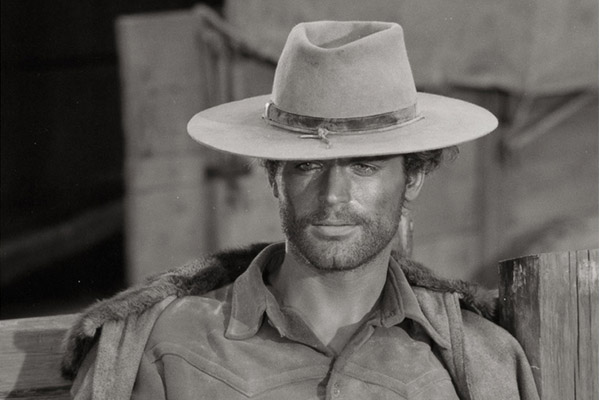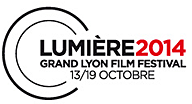Four (good) recipes of the spaghetti western!
PostED THE 18.10.2014 AT 3:41PM
Jean-François Giré decided to be a film editor when he saw the works of Sergio Leone with his father. Today he has directed a documentary entitled Django, Trinita et les autres, the journey to the heart of a powerful genre.

Another vision of America
"America had just lost the Korean War and the perception of America was in the process of disproving the myth. So the Italian western, on both a moral and an iconographic level, was really new. It was another way to reinterpret the popular Wild West. It was an aesthetic and moral revolution with the idea of the loss of innocence. For the American cinema, the western represented the birth of a nation, whereas the Italian western was the apotheosis of extreme individualism to the end, dealing either with desire for revenge or searching for treasure. So it completely changed the game."
The wrinkles of Charles Bronson
"It was a visual revelation. Suddenly the characters became the real landscapes of the western. Close-ups of Sergio Leone replaced the landscapes of Arizona. Leone was filming the faces of his heroes like landscapes. When we look at close-ups of Charles Bronson in Once Upon a Time in the West (1968), we go to the bottom of his wrinkles that turn into canyons, with drops of sweat in the middle. "
Anvil sounds and whistling
"This way of using music and conveying the characters' feelings through music was entirely new. And then there was this great big breakthrough, the collaboration between Leone and Ennio Morricone, meaning music freed from the Hollywood symphonic form. We had a modern orchestration. Morricone introduced the instruments of the era: the electric guitar, whistling, and unusual instruments such as an anvil or noises made by animals! It created a very rich and totally new soundscape. "
Wearing the hat
There is a great craziness on the part of the filmmakers, of the set decor and wardrobe people. They had perfect knowledge of the costumes of the Conquest of the West. They were very specific, and thus characterized the psychology of the character through the outfit. There is quite a fetish when it comes to wardrobe, because the Italian Western is a fetishist genre. Filmmakers of the genre, through their method of shooting, personified elements that were still lifes: the boot, the gun, the holsters; objects took on lives of their own thanks to the placement of the camera and the magic of editing "
Virginie Apiou
